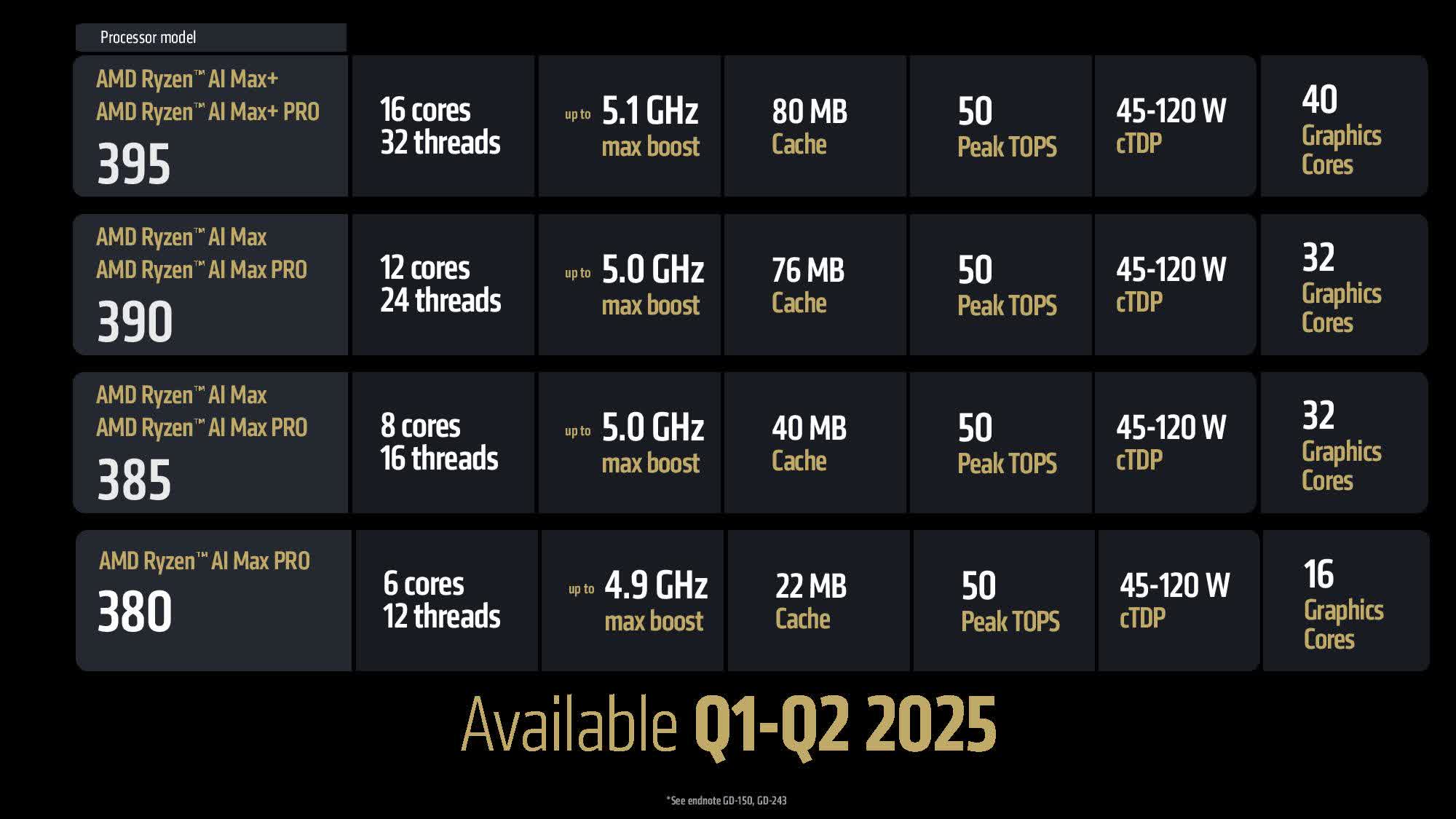A newborn great white shark has been observed in the wild for the first time. The ghostly white offspring was spotted off the coast of California on July 9, 2023, and exhibited characteristics unlike any documented great white shark. Wildlife filmmaker Carlos Gauna and University of California, Riverside biology doctoral student Phillip Sternes discovered the unique pup, which measured 5 feet (1.5 meters) in length and had round fins typically seen in embryos. It was completely white, a trait rarely observed in great white sharks. The encounter was documented and published in a study in the journal Environmental Biology of Fishes on Jan. 29.
The all-white shark is believed to be the first newborn great white ever recorded. It was thought to be only a few hours old at most, as observed by the researchers. The sighting, captured via drone, may help solve a major mystery surrounding great white sharks. According to Gauna, “Where white sharks give birth is one of the holy grails of shark science. No one has ever been able to pinpoint where they are born, nor has anyone seen a newborn baby shark alive. There have been dead white sharks found inside deceased pregnant mothers. But nothing like this.”
Upon closer examination, researchers observed that the pup was shedding a white film as it swam. The authors believe that the white coloration was due to pregnant female white sharks producing a milky fluid called “uterine milk” for her embryos to consume. The potential newborn was sighted around 1,000 feet (305 m) from the shore. It has been suggested that the California coastline may be a crucial breeding ground for great white sharks. Further research is needed to confirm this finding, however, as it is important for the conservation of the species, which is currently classified as vulnerable to extinction.
‘Landmark moment in shark science’: Viewing the first-ever video of a completely white newborn great white shark









